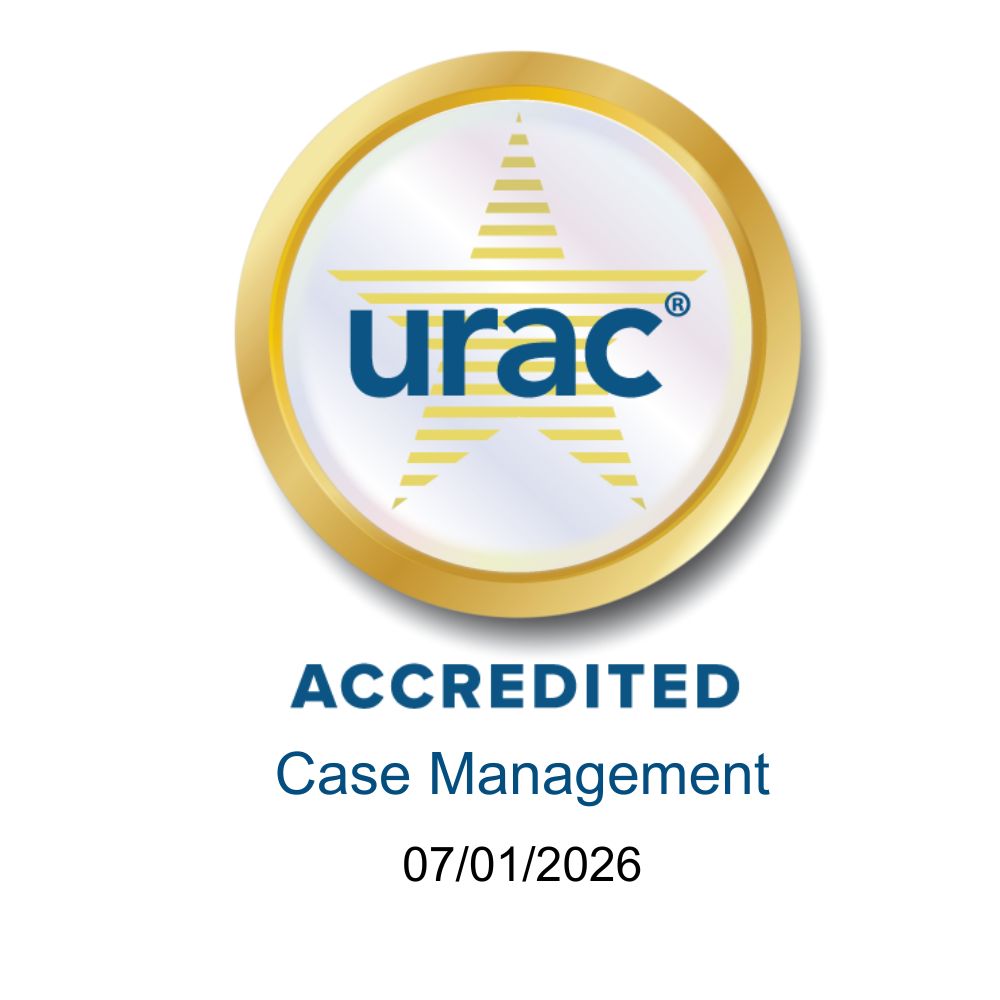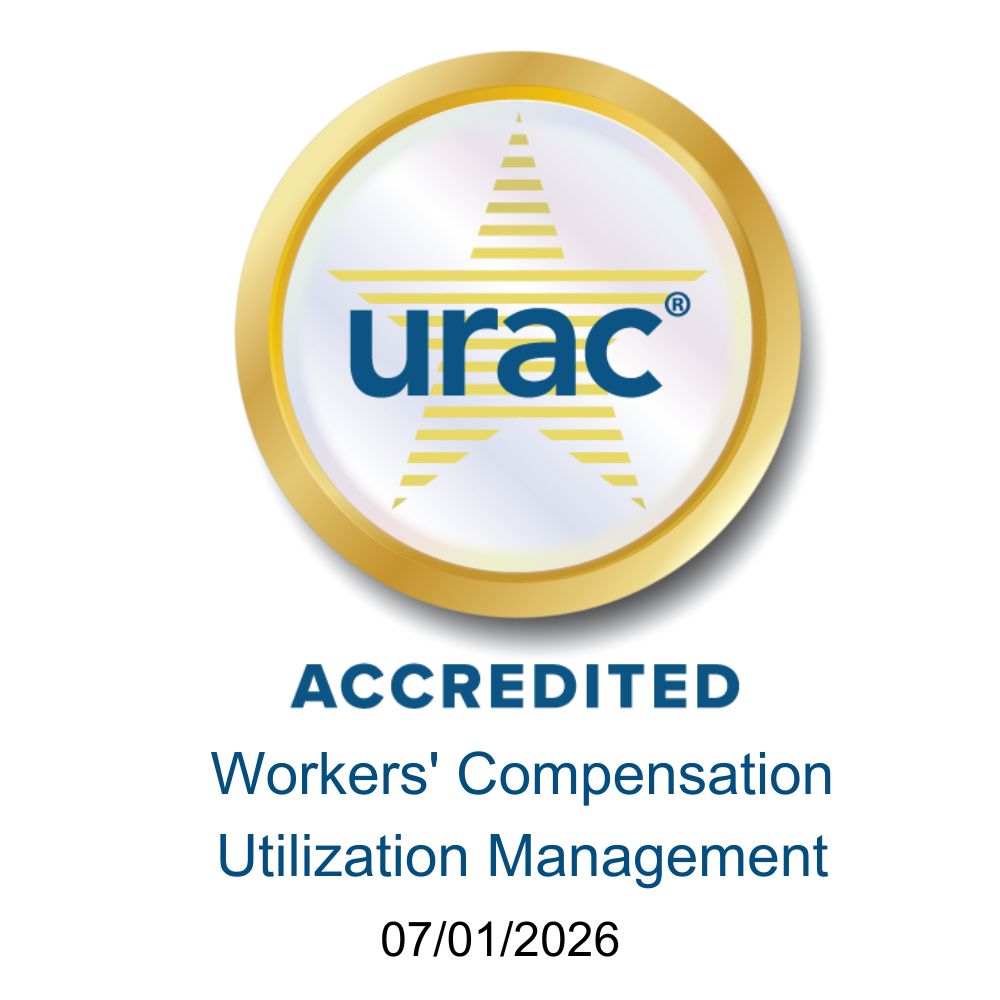/EK%20Health%20-%20Telehealth%20wide%20header%202.png)
“It was the best of times. It was the worst of times.” This familiar first line opens Charles Dickens’ classic novel, A Tale of Two Cities. For many, the “worst of times” also describes 2020, a year in which our country faced a global pandemic, unprecedented natural disasters, and a seemingly endless series of bizarre challenges. While this year has certainly had no shortage of hurdles for individuals and for businesses, we have also learned so much and have grown stronger and smarter in the process.
While telehealth has been present in the workers’ compensation industry for many years, today’s events are thrusting it into the spotlight. Now, more than ever, patients are entrusting their medical care to telehealth. Reflecting on COVID-19’s impact on telehealth and field nurse case management, Eunhee Kim – EK Health’s Founder, CEO, and active Senior Field Case Manager – stated:
"It was a huge change adapting from field work to telephonic due to COVID-19. In that process, we became even more efficient and more accurate in identifying patient needs. Telehealth created a virtual presence in the appointment so the Nurse Case Manager can be ‘in the room’ with the patient and the doctor."
Benefits of Participation in Telehealth Appointments
Nurse case managers and their claimants are benefiting from telehealth in many ways:
- Enhanced Efficiency: Telehealth appointments offer an easy, inexpensive opportunity to engage directly at the most effective point in time – the conversation between the treating provider and the patient. Nurses participating in telehealth also regain countless hours they would have spent in their cars traveling to and from appointments, waiting in lobbies and exam rooms, and working through the logistics of on-site participation.
- Ease of Participation: Injured workers participating in telehealth appointments have the added benefit of the nurse’s support, as they walk each patient through the process. Because our nurses are familiar with the various platforms used for telehealth, they are also able to assist technologically challenged patients when needed. With the nurse’s help, the intimidation of joining the virtual appointment can be simplified, as coordinating the appointment time and joining the video call are navigated by the nurse.
- Cost Savings to Payors: Nurses can join a telehealth appointment without travel expenses, compared to the costs associated with a nurse physically traveling to and from the appointment at a medical facility. Savings are also gained from increased patient compliance with scheduled appointments and decreased days of disability.
- Optimized Patient Advocacy: With many patients still new to telehealth, having a familiar face and voice “present” for their appointment can be a great comfort. The nurse can recall details about the injury, diagnosis, and prior treatments with all information at his or her fingertips. The efficiency and cost savings gained by limiting travel to face-to-face appointments can be redirected to allow more time for telehealth visits.
- Focused Patient Care: As Eunhee noted based on her own participation in telehealth appointments, “Telehealth has removed the distractions of a busy doctor’s office for greater focus. It has also fine-tuned how specific and descriptive the doctors are in their documentation, including all pre-operative and post-operative needs (labs, etc.). Without a Medical Assistant to perform those detailed components of the request, the providers document everything with precision, which decreases the communication challenges later.”
Opportunities
For all its benefits, telehealth is not without its challenges. We see each challenge as more opportunities to support the injured employee. A great example is helping patients with technology needs, as Eunhee describes:
"The learning curve for a low-tech patient is high and requires some hand-holding by the Nurse Case Manager. Before the appointment, I ask the doctor what platform they will be using for the visit. I then walk the patient through the download/installation process for everything they will need to participate. I do a test session on that platform with the patient to be sure they are comfortable with the technology before the visit happens. I have trained my nurses to do the same thing. I also tell the patient that if the call fails, at a minimum they should call me on the phone, and I can participate at least by audio. I always have a Plan B. I always respect my patients and make sure they know that it’s their appointment not mine."
The Future of Telehealth
If 2020 is an indicator of future healthcare delivery, telehealth is here to stay and will continue to become more established as it develops further. Though nothing is perfect – especially in 2020 – innovative and patient-focused options like telehealth are a bright spot that speak to a brilliant future for healthcare and delivery of patient care.
Click Here to download a PDF copy of the article




/EK%20Health%20-%20Field%20NCM%20in%20the%20Age%20of%20Telehealth%20(Nov%202020)-1.png)
/EK%20Health%20-%20Field%20NCM%20in%20the%20Age%20of%20Telehealth%20(Nov%202020)-2.png)
/EK%20Health%20-%20Field%20NCM%20in%20the%20Age%20of%20Telehealth%20(Nov%202020)-3.png)
